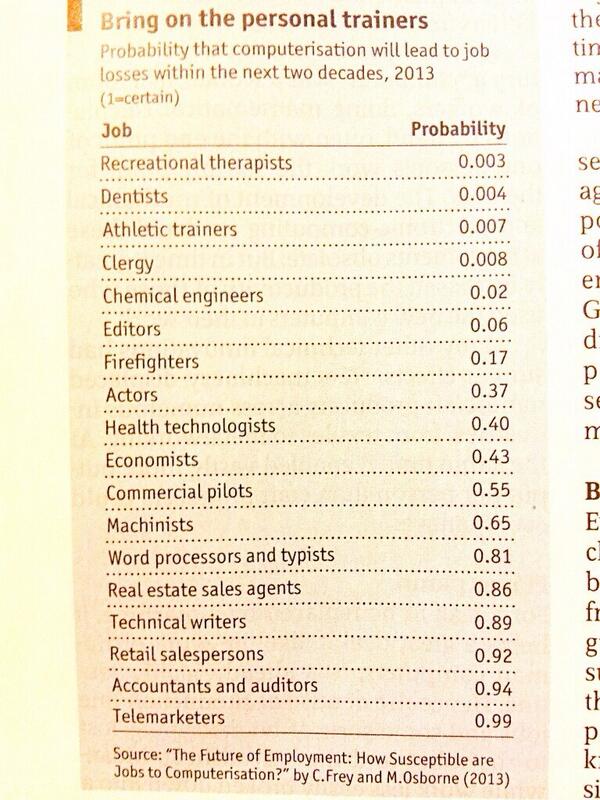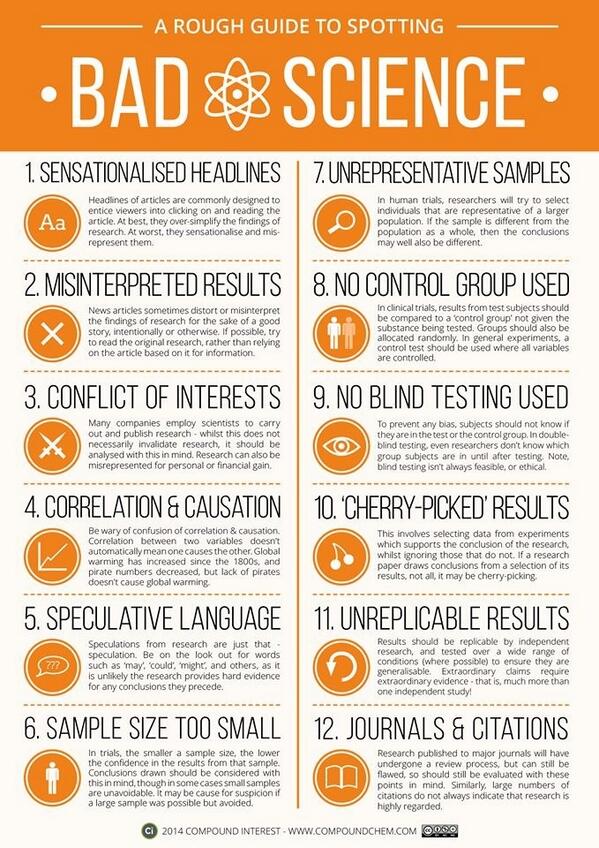Why and How to Start Your SICP Trek by Kai Wu.
From the post:
This post was first envisioned for those at Hacker Retreat – or thinking of attending – before it became more general. It’s meant to be a standing answer to the question, “How can I best improve as a coder?”
Because I hear that question from people committed to coding – i.e. professionally for the long haul – the short answer I always give is, “Do SICP!” *
Since that never seems to be convincing enough, here’s the long answer. 🙂 I’ll give a short overview of SICP’s benefits, then use arguments from (justified) authority and argument by analogy to convince you that working through SICP is worth the time and effort. Then I’ll share some practical tips to help you on your SICP trek.
* Where SICP = The Structure and Interpretation of Computer Programs by Hal Abelson and Gerald Sussman of MIT, aka the Wizard book.
BTW, excuse my enthusiasm for SICP if it comes across at times as monolingual theistic fanaticism. I’m aware that there are many interesting developments in CS and software engineering outside of the Wizard book – and no single book can cover everything. Nevertheless, SICP has been enormously influential as an enduring text on the nature and fundamentals of computing – and tends to pay very solid dividends on your investments of attention.
A great post with lots of suggestions on how to work your way through SICP.
What it can’t supply is the discipline to actually make your way through SICP.
I was at a Unicode Conference some years ago and met Don Knuth. I said something in the course of the conversation about reading some part of TAOCP and Don said rather wistfully that he wished he would met someone who had read it all.
It seems sad that so many of us have dipped into it here or there but not really taken the time to explore it completely. Rather like reading Romeo and Juliet for the sexy parts and ignoring the rest.
Do you have a reading plan for TAOCP after you finish SICP?
I first saw this in a tweet by Computer Science.



